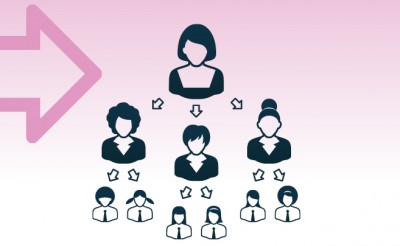Extend your talent pipeline: Improving gender balance at the top

Having a higher than average percentage of women at the highest levels is demonstrably good for business by every measure. Meanwhile, nearly two-thirds of CEOs are concerned about the low levels of suitably skilled managers coming through their businesses, and the dearth of female directors is getting a lot of airtime.
So if gender balance at executive and board level is a competitive advantage and the pipeline of female talent for both is weak, why are so few organisations failing to provide high-potential women with the formal support and development they need to make it to the top?
You might argue that they are and that these measures are working because there are more senior businesswomen and directors now than 30 years ago when the term ‘glass ceiling’ was coined. It is true that there have been many initiatives at organisation, industry, and government level, with some success.
Yet women still lag well behind men at reaching the highest echelons of business. Any change has been glacial and disproportionate to the number of articles, research studies, and conference agendas devoted to the need for it.
The fact is, while women make up 48.5 per cent of the Australian workforce, they account for just 26.1 per cent of key management positions, 17.3 per cent of CEOs, and 19.3 per cent of ASX directors.
The statistics show a disconnect between what is being said and what is being done. Either the actions being taken are not succeeding, their impact is overstated, or they are working very slowly.
Something needs to be done, and I believe targeted development is at least part of the answer. I realise that men can feel excluded and women want to be seen to succeed on their own merit. I understand the view that this approach is trying to fix women when we should be focused on changing men’s attitudes.
However, what I am proposing is not blanket female-only development programs, but an adjunct to the management development both genders receive: highly targeted, internally run programs for women in their twenties and thirties. These women are in the crucial early stages of their careers when their trajectory is most likely to be interrupted or slowed by having children, yet their success is essential to maintaining a healthy pipeline of diverse talent.
The full article can be downloaded below…
